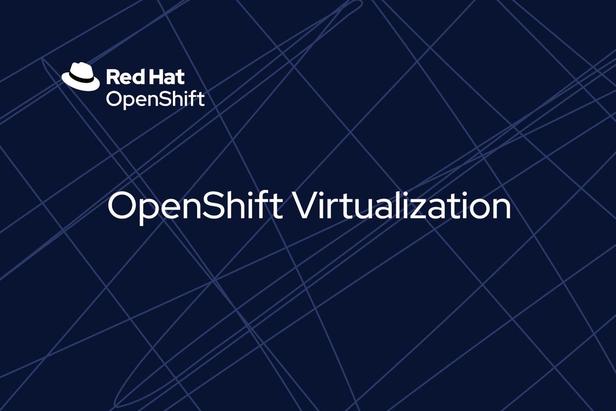
OpenShift Virtualization
Accelerator-Package
With our extensive experience in traditional virtualization and Kubernetes, we help companies seamlessly modernize and successfully migrate workloads. Additionally, we offer specialized training to prepare your team for the future. This package helps you quickly explore the possibilities of Kubernetes-based virtualization and assess the potential for a new or parallel strategy.
Description
The OpenShift Virtualization Accelerator Package accelerates customers’ adoption of Kubernetes-based virtualization. After the accelerator package, customers will have:
- A custom virtualization strategy aligned with your business goals and ready to drive operational efficiency.
- A Skilled, Enabled Team with hands-on experience in OpenShift Virtualization, prepared to manage and expand your Kubernetes-based virtualization independently.
- A Proof-of-Concept (PoC) Environment built and tested, providing a secure playground for ongoing experimentation and training.
- A Clear Migration Roadmap identifying priority workloads and a structured approach for smooth, impactful migration.
- Improved Resource Utilization and Cost Savings with an optimized platform that supports container and VM workloads.
- An Alternative to Broadcom with Kubernetes-based virtualization, enabling flexibility and independence from proprietary solutions.
Phase 1 - Discovery
Gain a comprehensive understanding of the customer’s current setup, processes, and goals to align OpenShift Virtualization with their business strategy.
- Current Setup Assessment: This involves analyzing the existing infrastructure, covering aspects like compute, network, and storage. It also involves reviewing current virtualization environments and any on-prem or cloud setups.
- People and Process Review: Assess how teams, processes, and methodologies interact with current technology. Identify roles, workflows, and any bottlenecks or areas where OpenShift Virtualization could add value.
- Goal Alignment: Align business and operational goals with the target solution. Define success for the organization in terms of scalability, cost-savings, and operational efficiencies.
- Architecture Definition: Specify the ideal architecture, detailing components such as compute requirements, network configurations, and storage options. This architecture will serve as a foundational roadmap for the next phases.
Phase 2 - Team Enablement and PoC
Educate the customer’s team with foundational OpenShift Virtualization skills and setup a proof-of-concept (PoC) platform for hands-on experience.
- OpenShift Virtualization Fundamentals: Conduct training sessions focused on KubeVirt essentials, helping the team understand the basics of Kubernetes-based virtualization tailored to the customer’s needs.
- OpenShift Virtualization Architecture & Strategy: Overview of how OpenShift Virtualization will fit into their infrastructure, focusing on integration points, best practices, and architectural guidelines.
- PoC Environment Setup: Deploy a dedicated PoC platform on the customer’s preferred environment, whether on-premises or on a public cloud. This sandboxed setup allows the team to explore OpenShift Virtualization functionalities, test workload and experiment with different configurations.
- Hands-on Training: Scenarios that allow the team to apply what they’ve learned, exploring tasks like creating or migrating virtual machines, managing resources, and testing different configurations within the PoC.
Phase 3 - Workload Assessment and Migration Planning
Create a structured approach for workload migration, focusing on identifying high-impact workloads and developing a feasible migration plan.
- Workload Categorization: Work closely with the team to identify “low-hanging fruits for migration, typically workload with high impact but low complexity. All workload will be categorized based on factors like compatibility, migration effort, and expected savings.
- Impact and Effort Analysis: Evaluation of the potential impact on operations and the effort required for migration. This matrix helps prioritize workload and create a phased migration approach, allowing for quick wins and clear cost-benefit insights.
- Migration Roadmap Development: Design a migration plan that maps out the order and methodology for each workload’s transition to the OpenShift Virtualization environment. The roadmap includes timelines, resource requirements, risk assessments, and fallback options to ensure a smooth migration.
- Next Steps Consultation: Wrap up the engagement with a strategic review, including suggested next steps, ongoing support options, and a high-level plan for full-scale deployment.
Are you ready to take your virtualization to the next level? Let’s discuss it over a coffee! We’re excited to kick things off with you! 🚀🚀🚀

OpenShift Virtualization
